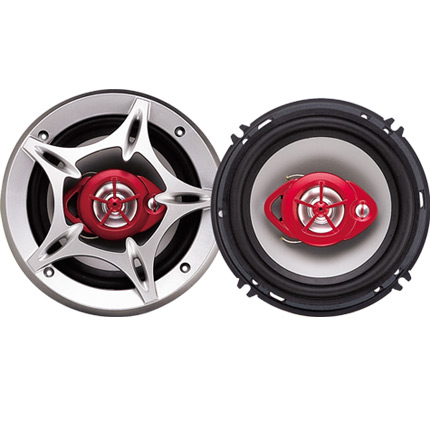derailleur gear cable
Understanding Derailleur Gear Cables The Unsung Heroes of Bicycle Performance
When cycling enthusiasts think about bicycle performance and efficiency, they often envision aerodynamic frames, high-tech gear systems, and cutting-edge wheel designs. However, a key component that significantly influences the smooth operation of a bike's transmission system is frequently overlooked the derailleur gear cable. This intricate yet simple part plays a crucial role in shifting gears and ensuring a seamless riding experience.
The Basics of Derailleur Gear Systems
In the world of bicycles, derailleur systems are the most commonly used mechanism for changing gears. They consist of two primary components the derailleur itself, which moves the chain from one cog to another, and the gear cables that control this movement. Two cables are typically involved one for the rear derailleur, which shifts the chain across the rear sprockets, and another for the front derailleur, managing the gear shifts at the crankset.
Gear cables are composed of a strong inner wire that exerts force and a protective outer casing that shields it from the elements and wear. When a cyclist operates the gear shifter, it pulls or releases the cables, prompting the derailleur to move. This action allows the chain to ascend or descend between different sprockets, providing the rider with various gearing options that adapt to different terrains and riding conditions.
Importance of Quality Gear Cables
The performance of derailleur gear cables can impact a cyclist's overall experience significantly. High-quality cables ensure smoother shifts, better responsiveness, and improved longevity. On the other hand, worn or stretched cables can lead to sluggish shifting, skipped gears, or even total failure of the shifting mechanism at critical moments.
Several factors contribute to the optimal performance of gear cables. One of the most important is the material used in the construction of both the inner wire and the casing. Stainless steel and other specialized alloys are common choices for the inner wire due to their durability and resistance to corrosion. Similarly, the outer casing materials can vary, with options including plastic-coated cables that reduce friction and improve performance in adverse weather conditions.
derailleur gear cable

Common Issues with Derailleur Gear Cables
Despite their robust design, derailleur gear cables are not immune to issues. Over time, cables can become frayed or corroded, leading to decreased performance. Environmental factors such as dirt, mud, and moisture can infiltrate the system, causing the cables to stick and impairing their movement. Riders may notice difficulty in shifting or experience an inability to shift into specific gears.
Regular maintenance is essential to prolong the life of derailleur gear cables. It is advisable to inspect the cables periodically for signs of wear, dirt accumulation, or damage. A simple cleaning with a damp cloth and appropriate lubrication can go a long way in maintaining smooth operation. Additionally, adjusting the tension in the cables can improve shift quality, making it a routine part of bicycle upkeep.
Upgrading Gear Cables A Smart Choice
Cyclists looking to enhance their bike’s performance often consider upgrading their derailleur gear cables. Aftermarket cables can offer improved materials, enhanced flexibility, and advanced coating technologies that further reduce friction. Some high-end cables come with features such as low-friction housing or special coatings that repel dirt and moisture, ensuring a consistently smooth and responsive ride.
Investing in high-quality derailleur gear cables can significantly enhance a cyclist's experience on the road or trail. Whether on a casual ride, a competitive race, or a long-distance tour, the reliability of shifting gears directly influences ride comfort and performance.
Conclusion
In conclusion, while often overshadowed by other bicycle components, derailleur gear cables are essential for effective gear shifting and overall cycling performance. Understanding their function, maintaining their condition, and considering quality upgrades can vastly improve a cyclist’s experience. As with many aspects of cycling, attention to detail can make all the difference between a mundane ride and an exhilarating adventure. So, the next time you ride, don’t forget to appreciate those unsung heroes – the derailleur gear cables that keep your ride smooth and enjoyable.
-
Workings of Clutch Pipe and Hose SystemsNewsJun.04,2025
-
The Inner Workings of Hand Brake Cable SystemsNewsJun.04,2025
-
The Secrets of Throttle and Accelerator CablesNewsJun.04,2025
-
The Hidden Lifeline of Your Transmission Gear Shift CablesNewsJun.04,2025
-
Demystifying Gear Cables and Shift LinkagesNewsJun.04,2025
-
Decoding Clutch Line Systems A Comprehensive GuideNewsJun.04,2025
